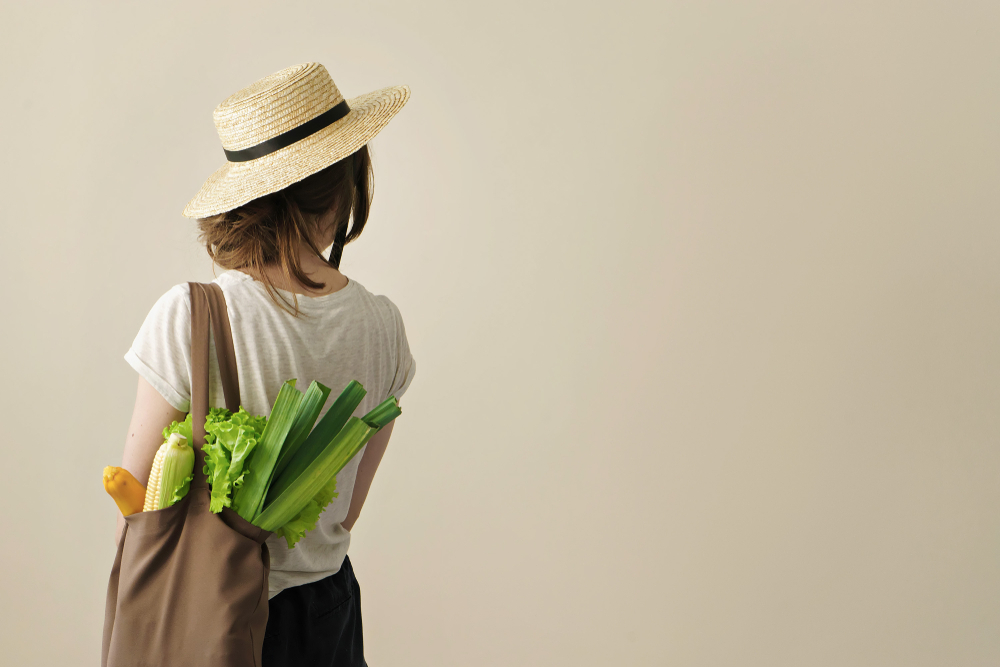It’s 2018, and facts are facts: We are in the midst of a plastic epidemic. It’s in our trash cans, it’s in our landfills, it’s in our oceans. At this rate, there will be 12 billion metric tons of plastic in landfills by 2050, a number that’s difficult to even fathom.
This raises the question: What the hell do we do? So much of our lives contain plastic, from our beauty products to our water bottles and trash bags—basically any packaged product you can think of. And lest we forget, most of the food we eat is wrapped in or labeled with some form of plastic. And unfortunately, recycling is not a cure-all. We need to start going plastic-free.
I know, I know: It sounds super daunting. I decided to go plastic-free for a week to 1) see if I could do it and 2) figure out what was stopping me from living this way all the time. I had so many preconceived notions of what the experience would be like, but the week proved a lot of them wrong. Here are five myths about going plastic-free that I’m not falling for anymore:

